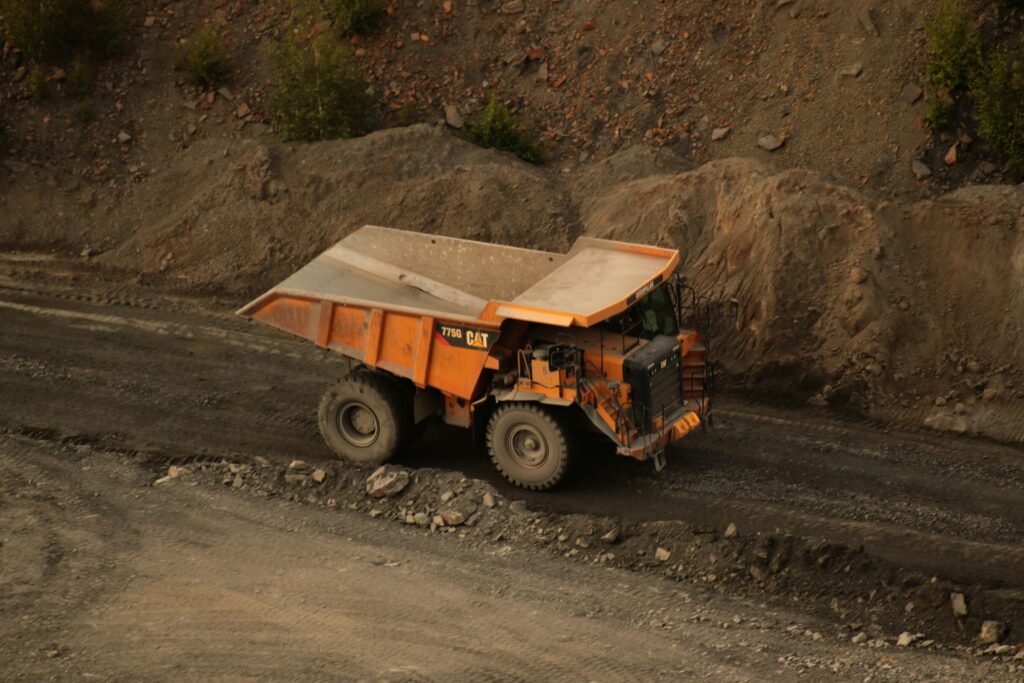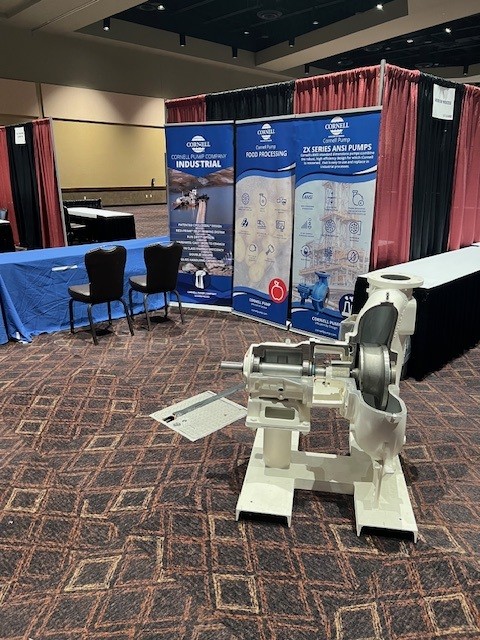Wear: Abrasive Mining Slurries Takes a Toll
Mining pumps operate in environments where high solids content is the norm—not the exception. These solids, whether they be sand, stone, coal, or tailings, introduce two main types of wear:
- Abrasion – Caused by sliding or grinding of particles along surfaces, such as wear rings and volutes. It’s especially pronounced when particles are large, angular, or under pressure.
- Erosion – The result of high-velocity impacts from slurry particles or cavitation bubbles, eroding metal surfaces over time.
Material hardness is the frontline defense against both. As a rule, the pumped material should never be harder than the pump. That’s why high-chrome white iron—rated over 600 BHN—is commonly specified for abrasive slurry applications. It dramatically outperforms materials like gray cast iron or carbon steel when pumping silica sand or other hard solids.
Hardness alone isn’t enough, though. Cavitation—caused by rapid vapor bubble collapse—can produce implosion pressures exceeding 64,000 psi (441 MPa). This can mimic erosion or even be misdiagnosed as corrosion. Selecting materials with both strength and hardness, such as ductile irons or high strength stainless alloys, helps extend component life in cavitation-prone systems.
Corrosion: Prematurely Ending Pump Life
While wear is mechanical, corrosion is chemical—and in mining, the two often work together to wear pump internals. Corrosion occurs when there’s a chemical reaction between the pumped fluid and the metal components. Common corrosion types include:
- General corrosion – Uniform attack from acids, alkalis, or high chloride content.
- Erosion-corrosion – Accelerated metal loss where chemical attack is combined with abrasive wear.
- Pitting – Localized attack, especially in stagnant or low-velocity zones.
- Galvanic corrosion – Occurs between dissimilar metals in contact with an electrolyte, particularly common in conductive fluids like seawater.
- Crevice corrosion – Develops in tight gaps, such as between sleeves and impellers, where oxygen is limited.
A common myth in mining is that “it’s just clear water,” but water alone can contain dissolved salts, low pH levels, or chlorides that trigger aggressive corrosion. Temperature further complicates things—especially warm seawater, which accelerates corrosion in standard stainless steels.
Choosing the Right Material: Application-Specific Metallurgy
Selecting the right metallurgy means understanding the fluid’s full chemistry. For example:
- Chloride-rich environments benefit from CD4MCu duplex stainless or high-chrome alloys.
- Strong acids may require super duplex stainless or specially coated components.
- Neutral pH with high solids favors high-chrome white iron or abrasion-resistant overlays.
There’s no one-size-fits-all solution. Success in mining pump applications comes from matching the metallurgy to the exact application conditions—fluid content, pressure, temperature, and expected wear mechanisms. A water sample analysis and site experience are the best tools for making proper material selections.
Bottom Line: Metallurgy Matters
In mining, pumps are often a system’s most vulnerable component—and the most expensive to maintain or replace. By investing in the right materials of construction upfront, operators can dramatically reduce downtime, extend maintenance intervals, and lower total cost of ownership.
Whether you’re pumping tailings, reclaiming process water, or transferring corrosive leachate, smart metallurgical choices make all the difference.



